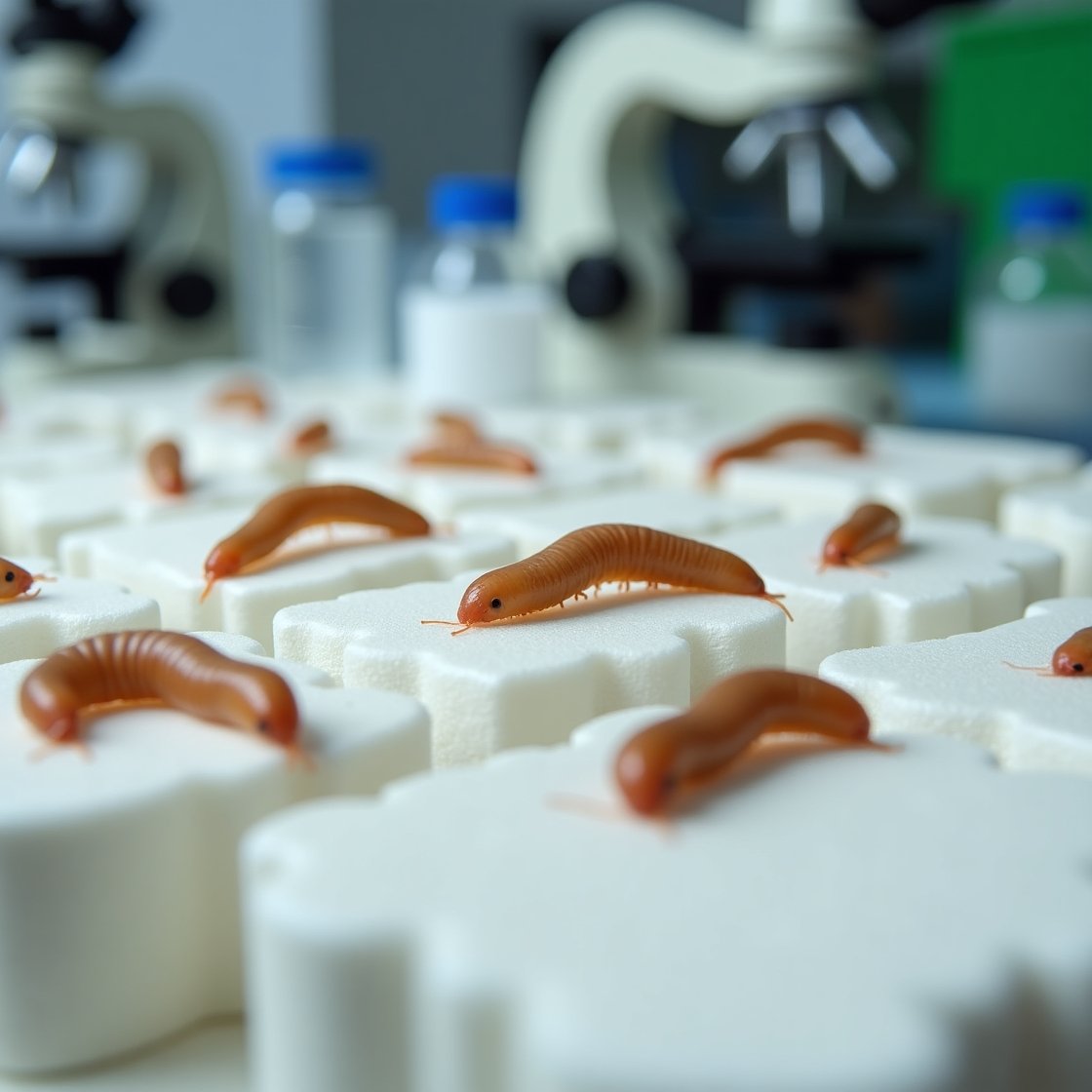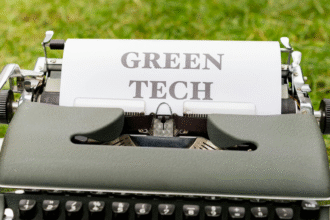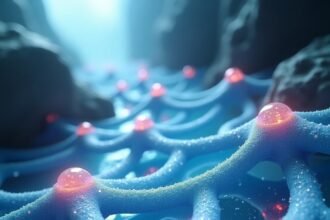Plastic waste is one of the greatest environmental challenges of our time. Among plastics, polystyrene—commonly used in Styrofoam packaging, disposable cups, and insulation materials—is especially problematic because it is lightweight, non-biodegradable, and widely discarded. Recently, scientists have discovered that certain insects, especially mealworms, can chew and digest polystyrene. This finding has sparked hope and excitement, but it also raises an important question: Are mealworms safe for polystyrene biodegradation?
This blog dives into what researchers know so far, the potential benefits, the risks, and whether this biological process is truly a sustainable solution.
What Does Polystyrene Biodegradation Mean?
Polystyrene is a synthetic polymer made from styrene, a compound derived from petroleum. Because of its durability and low cost, it is used worldwide, but it can persist in the environment for centuries. Traditional recycling methods often fail to handle polystyrene effectively, leading to massive accumulation in landfills and oceans.
Polystyrene biodegradation refers to the breakdown of this plastic by biological agents—such as microbes or insects—into simpler compounds that can be absorbed into natural cycles. When researchers discovered that mealworms safe for polystyrene biodegradation, might be possible, it was seen as a potential breakthrough in tackling plastic pollution.
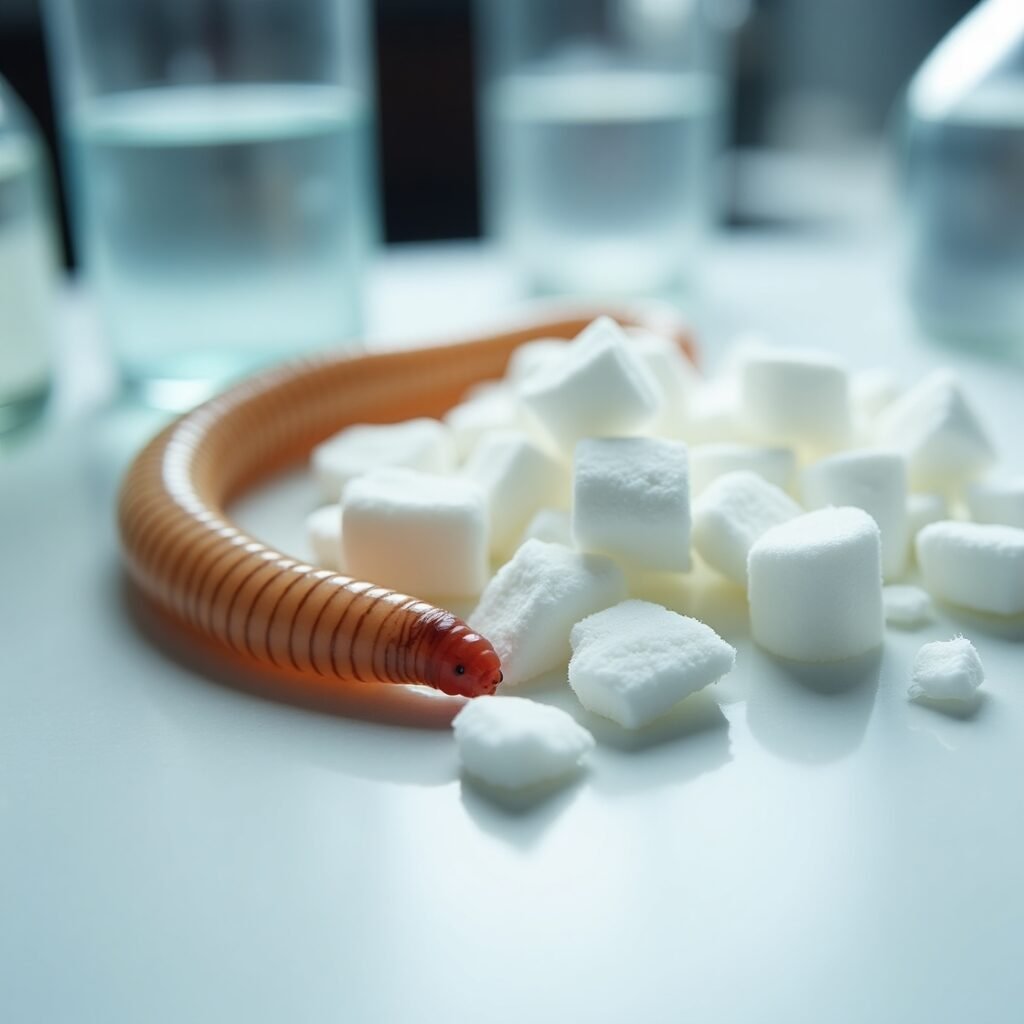
How Do Mealworms Biodegrade Polystyrene?
Mealworms, the larval stage of the darkling beetle, are capable of chewing through and digesting polystyrene. Inside their gut, specific microbes help break down long plastic chains into smaller molecules. In controlled experiments, mealworms survived on a diet of pure polystyrene, though their growth was slower compared to diets with bran or organic feed.
The fact that mealworms safe for polystyrene biodegradation seems biologically possible is due to this unique symbiosis between the worms and their gut bacteria. Scientists are now studying these microbes closely, to identify the enzymes responsible for breaking down the stubborn plastic.
Why Ask: Are Mealworms Safe for Polystyrene Biodegradation?
At first glance, this discovery looks like a miracle solution to plastic pollution. But we must pause and ask: Are mealworms safe for polystyrene biodegradation in the long run?
Safety concerns arise because:
- Not all polystyrene is broken down completely.
- Some harmful byproducts may be produced during digestion.
- Mealworms that ingest plastic could enter food chains if not handled carefully.
The question of safety is not just about whether mealworms can survive the diet, but whether the process is harmless for ecosystems and human health.
Environmental Benefits of Mealworms Biodegrading Polystyrene
There are several reasons scientists believe mealworms safe for polystyrene biodegradation, could be beneficial if managed correctly:
1. Reduction of Landfill Waste
Millions of tons of polystyrene are thrown away each year. If mealworms reduce the volume of this plastic, landfill pressures could decrease.
2. Microbial Discoveries
By studying the gut bacteria that allow mealworms safe for polystyrene biodegradation, researchers may develop microbial or enzyme-based solutions scalable to industrial waste treatment.
3. Bioconversion Potential
Some studies suggest that polystyrene-fed mealworms can still generate frass (waste) that may be useful as a soil amendment, though this requires much more testing.
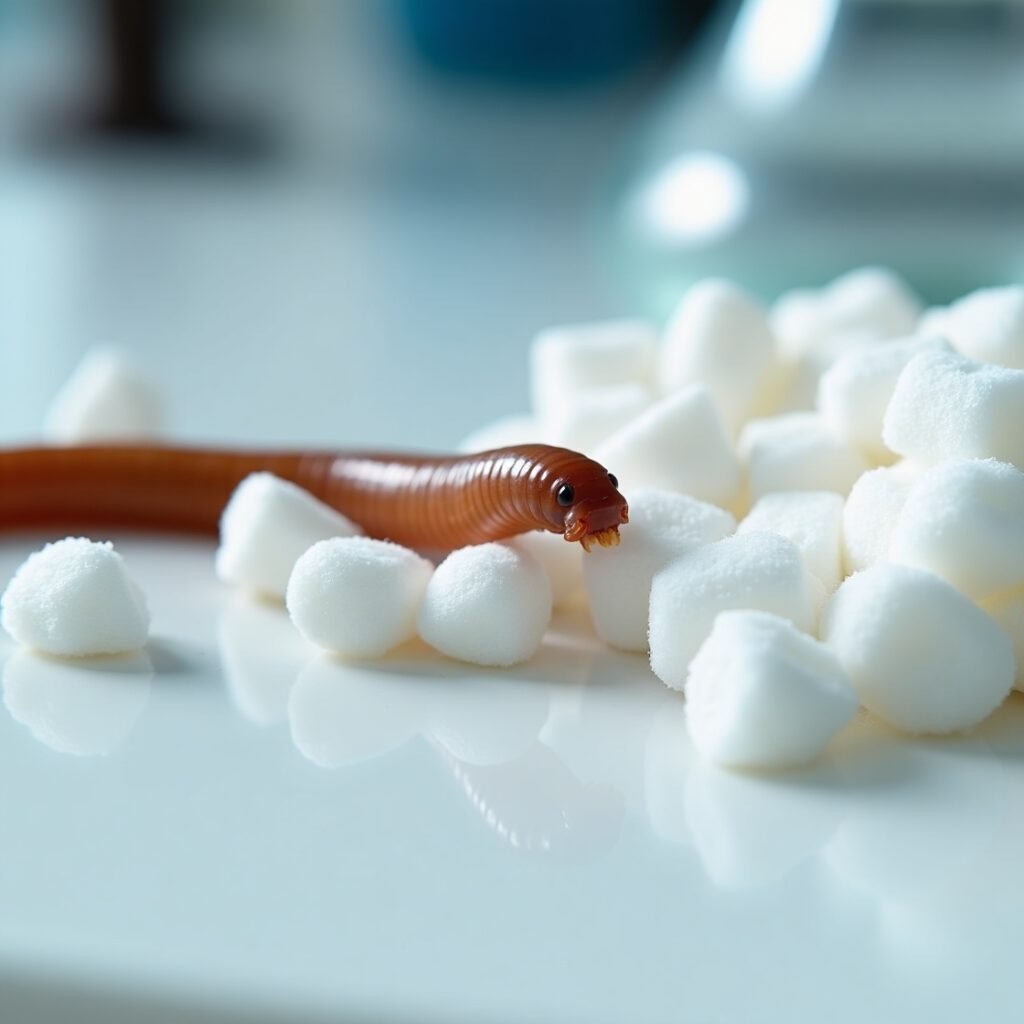
Health Risks of Mealworms Eating Polystyrene
While the benefits sound promising, there are undeniable risks. To fully answer the question “Are mealworms safe for polystyrene biodegradation?”, we must consider the following:
- Microplastic Byproducts: Mealworms do not fully digest polystyrene; they fragment it into smaller particles. These microplastics can spread through soil and water.
- Chemical Additives: Polystyrene often contains flame retardants, dyes, and other additives. These chemicals may accumulate in worms or leach into the environment during digestion.
- Food Chain Risks: Mealworms are used globally as feed for poultry, fish, and even human consumption in some cultures. If polystyrene-fed mealworms are used in this way, contaminants may transfer into the food chain.
So while mealworms safe for polystyrene biodegradation is scientifically fascinating, its real-world safety remains uncertain.
Laboratory vs. Real-World Conditions
In the lab, researchers can carefully monitor how mealworms safe for polystyrene biodegradation occurs. But in uncontrolled environments, the risks multiply. For instance:
- Worms may not degrade all types of polystyrene equally.
- Environmental conditions (temperature, humidity, diet mix) affect their efficiency.
- Large-scale mealworm farming for waste disposal could introduce ecological imbalances.
This is why most experts caution that while mealworms safe for polystyrene biodegradation, it should not yet be considered a scalable waste management solution.
Future Research Directions
Scientists are taking several approaches to understand whether mealworms safe for polystyrene biodegradation can be applied safely:
1. Gut Microbe Isolation
Instead of using live worms, researchers are isolating the bacteria and enzymes responsible. This avoids risks of worms entering food chains.
2. Byproduct Testing
Studies are underway to identify exactly what chemicals result when mealworms safe for polystyrene biodegradation occurs, ensuring no harmful toxins remain.
3. Biotechnological Applications
The ultimate goal is to replicate the process in industrial bioreactors, using microbial systems inspired by mealworms but without involving the insects themselves.
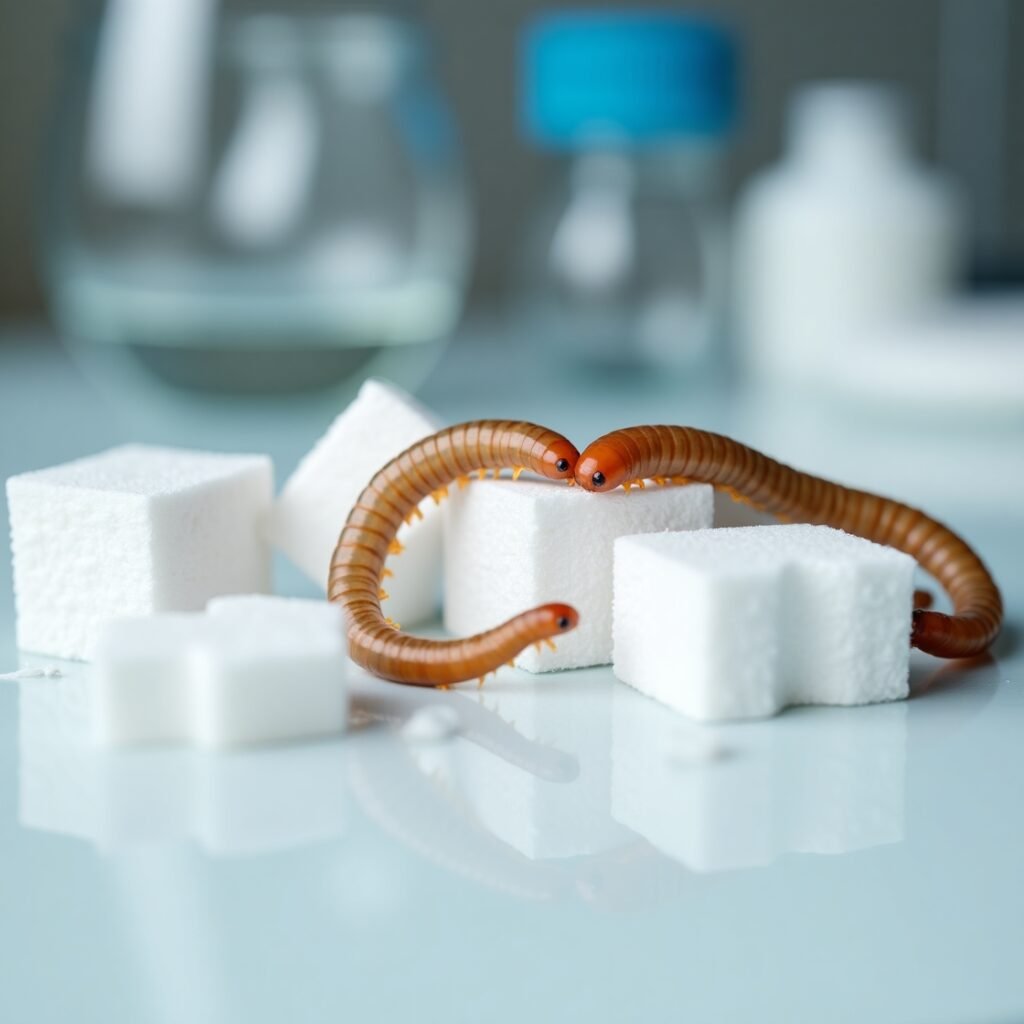
Ethical and Regulatory Considerations
If mealworms safe for polystyrene biodegradation becomes a recognized method, governments will need to regulate it. Issues include:
- Ensuring polystyrene-fed worms are not sold as food or feed.
- Setting standards for waste disposal of mealworm byproducts.
- Monitoring environmental risks from microplastic residues.
Without strict oversight, what looks like a solution could become a new form of pollution.
Conclusion: Are Mealworms Safe for Polystyrene Biodegradation?
The discovery that mealworms safe for polystyrene biodegradation may be possible is an exciting milestone in the fight against plastic pollution. These tiny insects demonstrate nature’s resilience and offer clues that could inspire future biotechnology.
However, safety remains the biggest concern. Until more is known about the byproducts, health risks, and long-term effects, the world cannot rely solely on mealworms to solve the polystyrene problem. Instead, they should be seen as research partners—pointing us toward microbial and enzymatic solutions that may one day provide safe, scalable biodegradation methods.
For now, mealworms safe for polystyrene biodegradation is an intriguing possibility, but not yet a proven solution. The responsibility remains with us to reduce plastic production, improve recycling systems, and pursue innovation responsibly.



